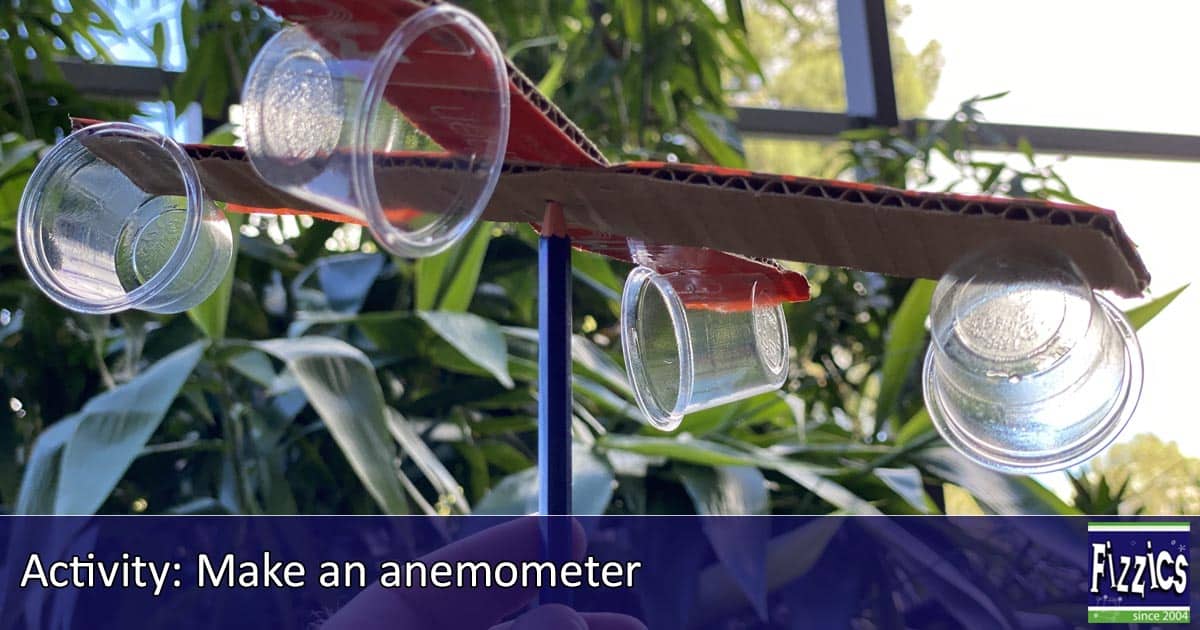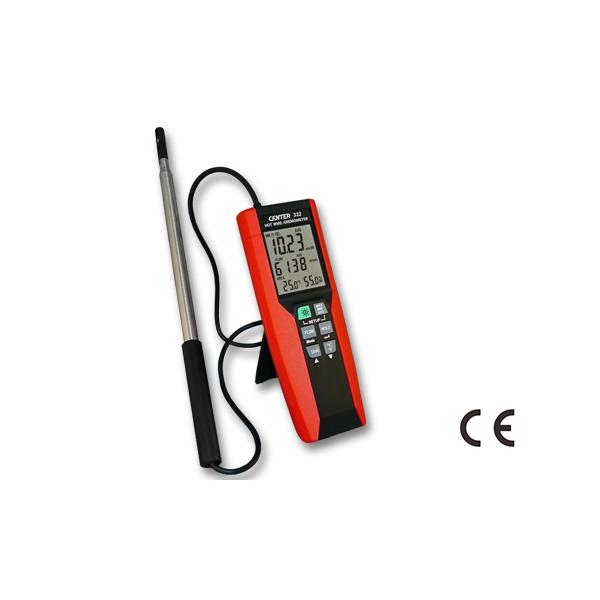Professional Tips for Calibrating Your Anemometer for Optimal Performance
Professional Tips for Calibrating Your Anemometer for Optimal Performance
Blog Article
All You Need to Know Concerning Anemometers: Just How They Function, Why They Issue, and Where to Make use of Them
Anemometers, however often ignored in the world of scientific instruments, play a crucial duty in various fields, using useful insights right into wind speed and air movement patterns. Recognizing the auto mechanics behind these gadgets is essential for anyone seeking to harness the power of this information. From meteorologists tracking weather condition patterns to designers developing structures with wind loads in mind, the applications of anemometers are far-reaching and varied. As we look into the intricacies of anemometer modern technology, we will reveal the inner functions of these tools, their relevance, and the essential factors to consider when picking the best anemometer for specific applications.

Anemometer Basics
A necessary tool made use of to gauge wind speed and direction, the anemometer plays a crucial duty in weather forecasting and different industries. An anemometer usually consists of three or four mugs that turn in the wind, a vane that aims into the wind, and sensors to track the turnings or movements.
There are various sorts of anemometers offered, consisting of mug anemometers, vane anemometers, hot-wire anemometers, and sonic anemometers, each with its special attributes and applications. Cup anemometers are typically used for fundamental wind speed measurements, while vane anemometers are liked for directional dimensions. Hot-wire anemometers appropriate for low airspeeds, and sonic anemometers are excellent for high-precision dimensions in research and commercial settings. Comprehending the fundamentals of anemometers is crucial for exact wind data collection and evaluation across various sectors.
Principles of Anemometer Procedure
Building on the fundamental understanding of anemometer essentials, the concepts of anemometer operation elucidate the mechanics behind wind speed and direction measurements. Cup anemometers, for instance, have three or even more cups that catch the wind, triggering them to rotate much faster as the wind rate boosts. Hot-wire anemometers rely on a heated wire that cools down as wind passes over it, with the rate of cooling establishing the wind rate.
Significance of Anemometers
The importance of anemometers in weather forecasting and numerous industries can not be overstated. Anemometers play an important role in measuring wind rate and instructions, giving necessary data for weather condition projecting, climate researches, environmental monitoring, and aviation operations. Meteorologists rely on anemometers to gather exact wind data, aiding them understand weather patterns, anticipate tornados, and issue prompt warnings to the public. In markets such as construction, farming, renewable resource, and maritime operations, anemometers are made use of to optimize processes, ensure security, and raise efficiency. As an example, wind ranch operators utilize anemometers to analyze wind conditions and make the most of electrical energy manufacturing from wind turbines. In the maritime market, anemometers help ship navigation by providing real-time wind info to captains, assisting them make notified decisions to make sure secure trips. Generally, anemometers are essential tools that contribute substantially from this source to safety and security, effectiveness, and informed decision-making in meteorology and a vast array of industries.
Applications Across Various Industries
Applications of anemometers span throughout varied sectors, showcasing their adaptability and energy past meteorology. In the renewable resource market, anemometers play a critical function in examining wind conditions for wind ranch positionings, making certain ideal power production. Industries like building and construction and mining make use of anemometers to keep an eye on wind rates, vital for security methods, specifically when working at heights or in open-pit mines where solid winds can present risks. Anemometers are additionally important in the aviation market, helping pilots in comprehending airspeed and wind instructions for secure take-offs and touchdowns. The maritime industry gain from anemometers for ship navigating, assisting sailors prepare for weather adjustments and change courses accordingly. In agriculture, anemometers help farmers in managing crop splashing by providing real-time data on wind rate to prevent drift. Anemometers discover applications in Cooling and heating systems to optimize air movement and enhance energy effectiveness in structures. The diverse use cases of anemometers highlight their value throughout various industries, highlighting their vital duty in boosting operational safety and security and efficiency (anemometer).

Picking the Right Anemometer for Your Requirements
Selecting the ideal anemometer tailored to your certain requirements is important for acquiring accurate wind rate and instructions dimensions. When choosing an anemometer, think about aspects such as the designated application, called for measurement variety, ecological problems, and preferred attributes. For general purposes, a cup anemometer appropriates for measuring wind speed, while a vane anemometer offers wind instructions information. Hot-wire anemometers are excellent for reduced airspeed dimensions, and ultrasonic anemometers supply high precision and durability.

Verdict
To conclude, anemometers play a vital function in determining wind rate and instructions across numerous markets. Comprehending the concepts of anemometer operation is essential for picking the appropriate tool for details needs. From meteorology to aviation, anemometers are essential tools for ensuring and accumulating accurate information safety in various applications. It is very important to take into consideration the significance of anemometers in order to make enlightened decisions when picking the most suitable device for gauging wind conditions.
There are numerous kinds of anemometers readily available, including mug anemometers, vane anemometers, hot-wire anemometers, and sonic anemometers, each with its one-of-a-kind features and applications. Cup anemometers are frequently utilized for fundamental wind rate dimensions, while vane anemometers are liked for directional dimensions. Hot-wire anemometers are suitable for low airspeeds, and sonic anemometers are suitable for high-precision measurements in research study and industrial settings.Building on the foundational understanding of anemometer essentials, the concepts of anemometer procedure clarify the auto mechanics behind wind rate and direction dimensions. For basic objectives, a mug anemometer is appropriate for determining wind rate, while a vane anemometer supplies wind instructions data.
Report this page